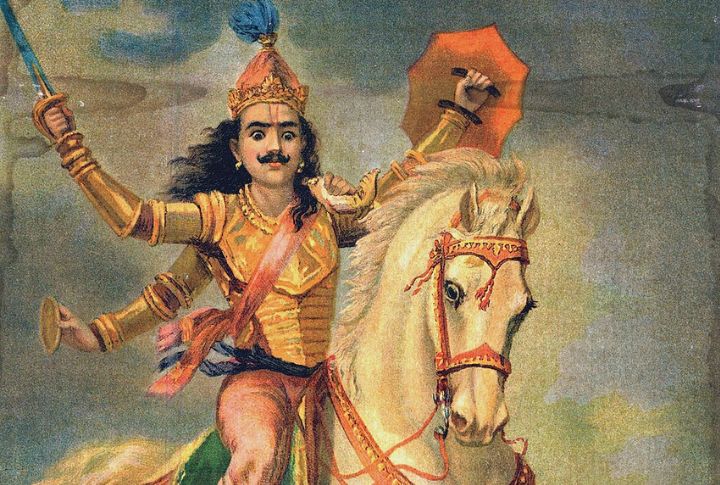
Every generation wonders how it all might end. The Bible offers one vision, but countless other traditions imagined endings that look nothing like it. These texts speak in metaphors, warnings, and sometimes even hope that may surprise you. Let’s look at those overlooked perspectives and what they suggest about the world’s final moments.
Mesopotamian Flood (Epic Of Gilgamesh)
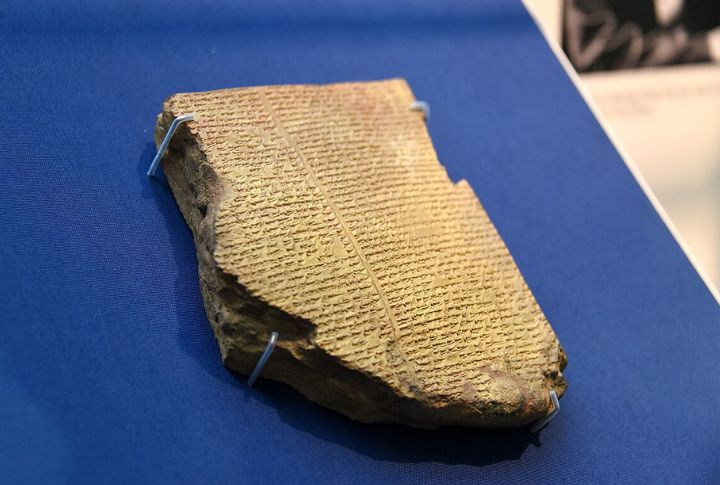
Unlike Noah’s familiar vessel, the ancient Mesopotamian hero Utnapishtim survived divine wrath in a curious cube-shaped ark, gathering his family and animals before the gods cast their devastating flood upon humanity. After his miraculous survival, the gods granted him immortality—a tale that remarkably predates the biblical flood narrative by centuries.
Ragnarok (Norse Poetic Edda)
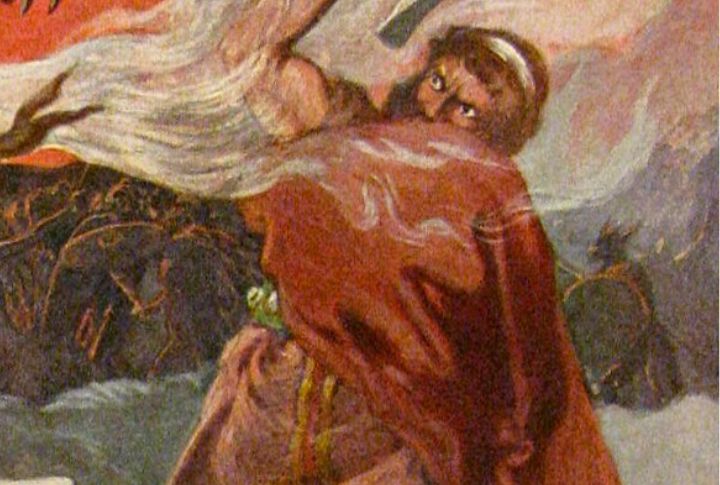
Ragnarok (in Norse tradition) is the world’s fiery end where gods battle giants and monsters. Fenrir breaks free, and a brutal three-year winter, Fimbulvinter, grips the earth. A ship built from the nails of the dead carries warriors into chaos. After ruin, survivors emerge to rebuild a renewed world.
Kali Yuga’s End (Hindu Puranas)
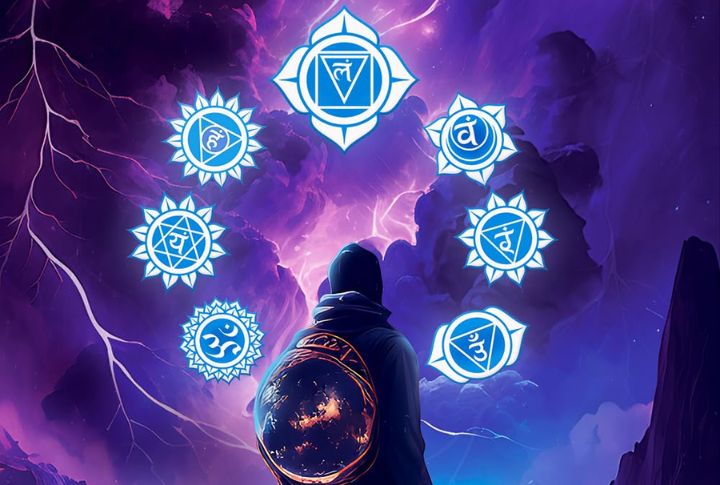
Right now, according to Hindu belief, you’re living in an age called Kali Yuga. It’s the last of four great eras, stretching 432,000 years and marked by conflict and decline. Named after the demon Kali, it still carries hope that a future avatar, Kalki, will destroy evil and restore balance.
Frashokereti (Zoroastrian Avesta)
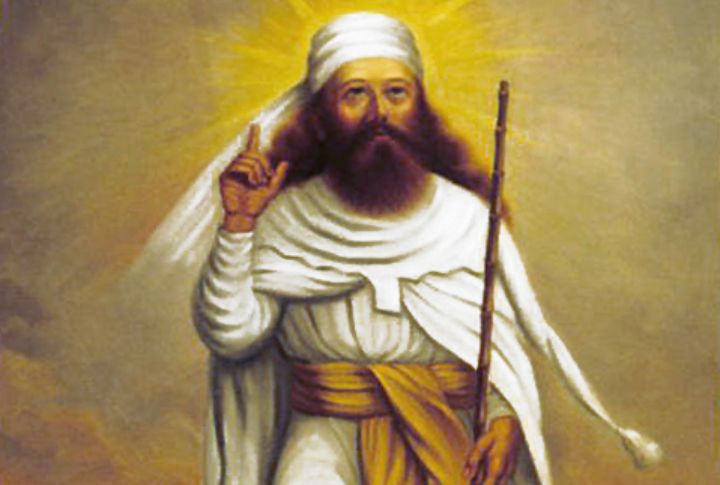
Frashokereti is the world’s ultimate renewal when evil vanishes and creation becomes perfect. A savior named Saoshyant leads souls through molten metal: torment for the wicked, comfort for the righteous. The dead rise, evil disappears, and humanity enters a purified existence.
Popol Vuh Destruction Cycles (Maya)
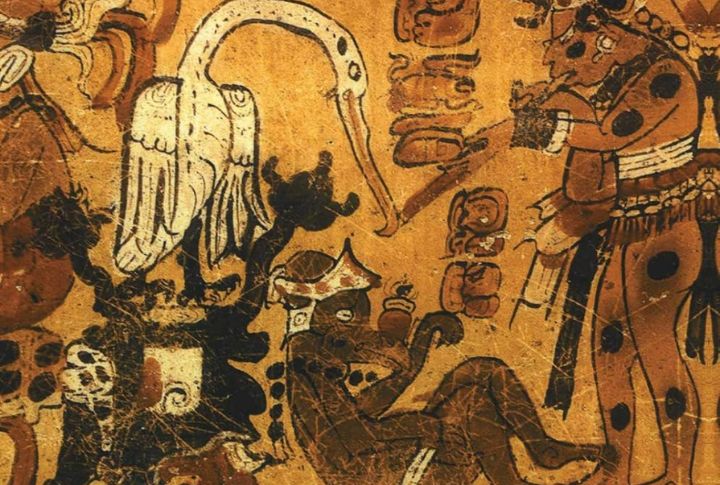
For the Maya, endings were part of a cycle. Their sacred Popol Vuh tells of wooden people destroyed when tools, animals, and deadly rain turned against them. Other stories show worlds undone by fire, floods, and battles with underworld gods, only to be reshaped once again.
Aztec End Of The Fifth Sun (Codices)
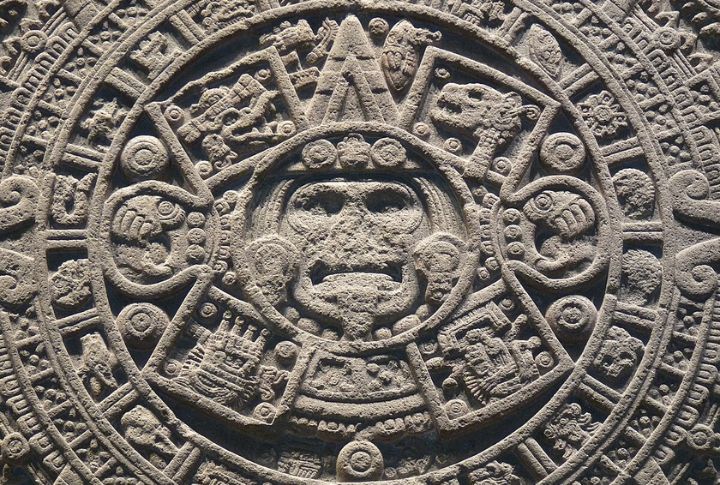
The Aztecs believed we live beneath a fragile sun—the fifth in a series. Earlier worlds fell to jaguars and hurricanes, each erased in its turn. This current sun, they said, will end in earthquakes. Sacrifices kept the sun alive, delaying but never preventing its eventual fall.
Hopi Blue Star Kachina
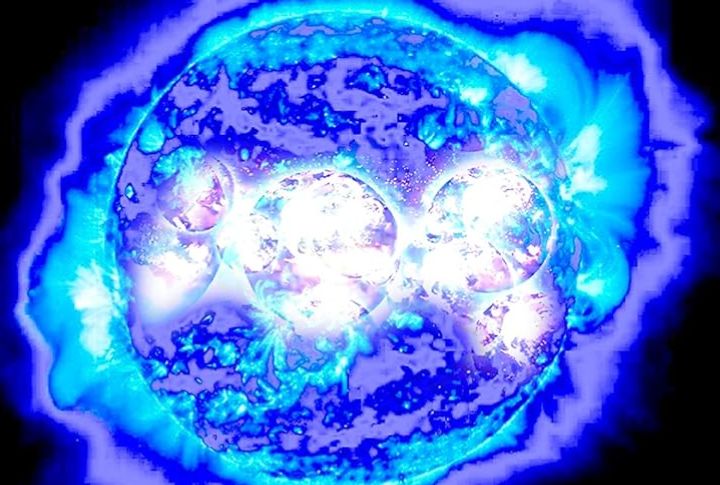
Look to the sky in Hopi prophecy, and you’ll find the Blue Star Kachina, which is said to signal Earth’s great cleansing before a new Fifth World begins. A dancer removes his mask during a final ceremony, while mysterious sacred tablets remain silent on humanity’s survival.
Etruscan “Great Year”
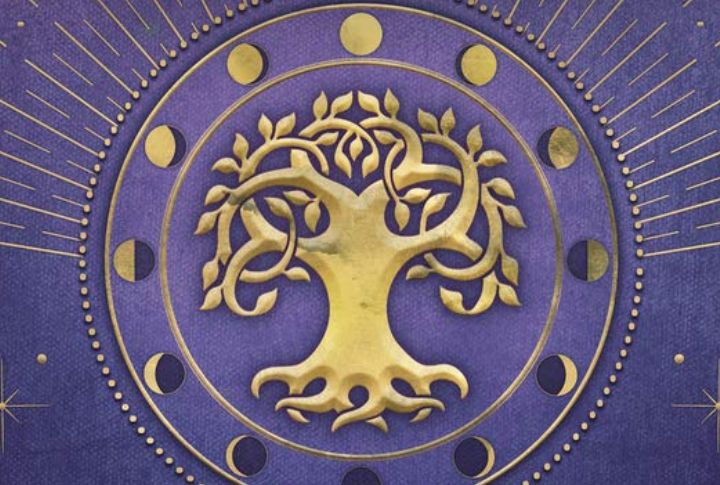
Some scholars think the Etruscans believed in vast cycles of destruction called the “Great Year.” However, there’s little solid evidence to confirm this idea. What is certain is that they practiced divination using animal livers and passed many religious customs to the Romans, who turned them into imperial symbols.
Jain Cosmology
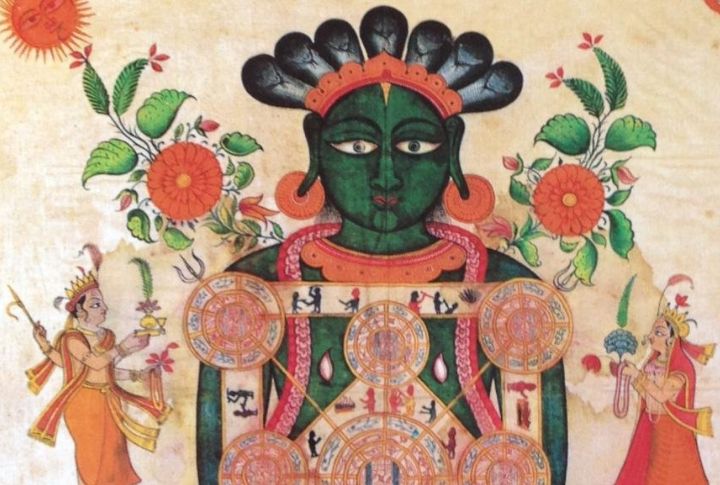
In Jainism, the universe is like a wheel turning forever. It doesn’t need a creator or ending; just endless cycles of rising and falling ages. Each cycle stretches over billions of years, bringing times of growth, decline, and renewal, all repeating without stopping.
Inca Pachacuti
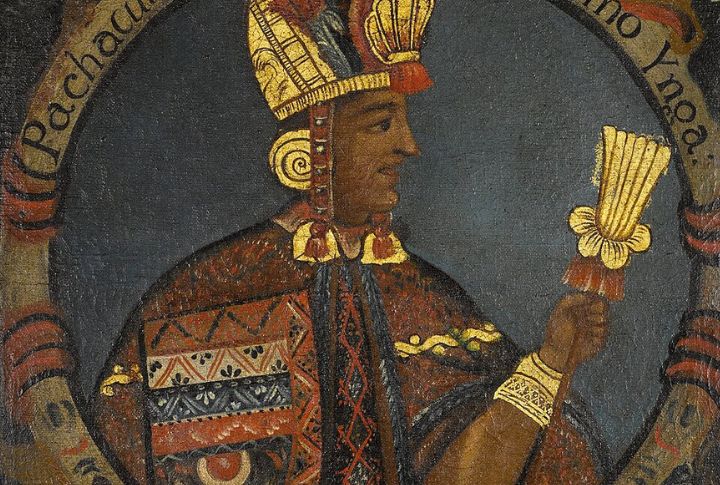
The Quechua word “Pachacuti,” meaning “earth-shaker” or “world reversal,” captures a profound concept in Inca thought: the cyclical transformation of ages. This cosmic understanding manifested both as a mythic event marking the end of eras and, fascinatingly, as the name of a famous Inca emperor who embodied this power of world-renewal.

